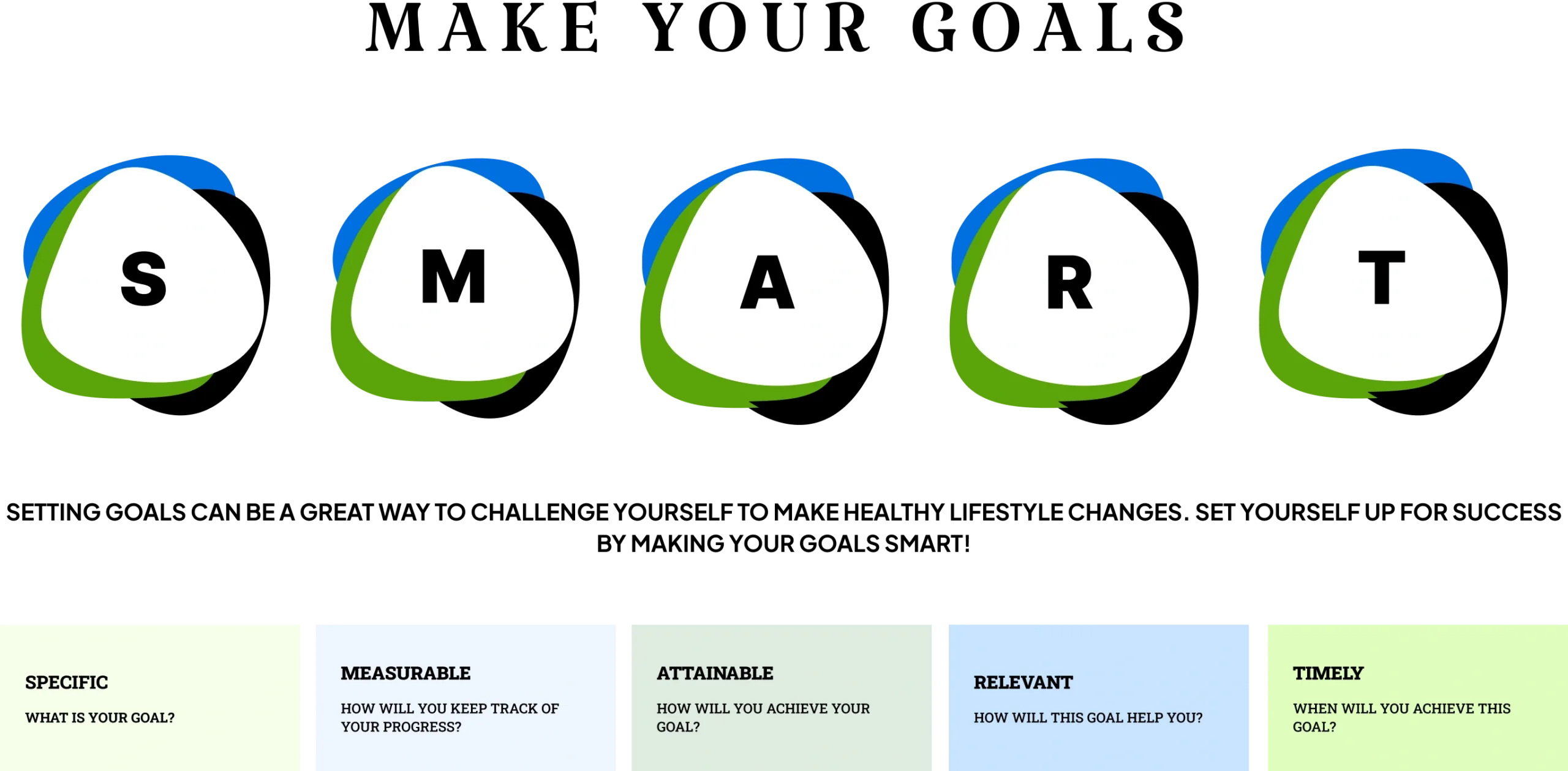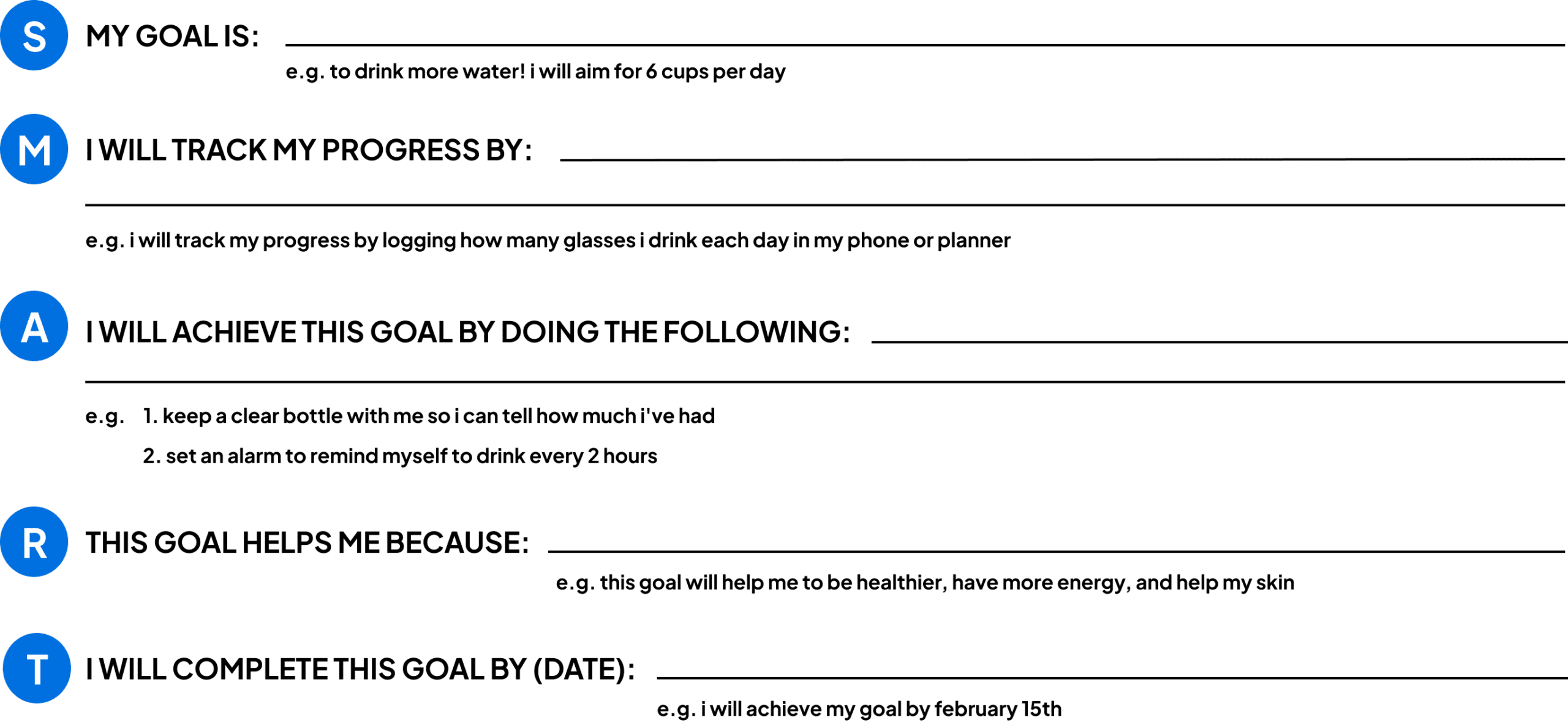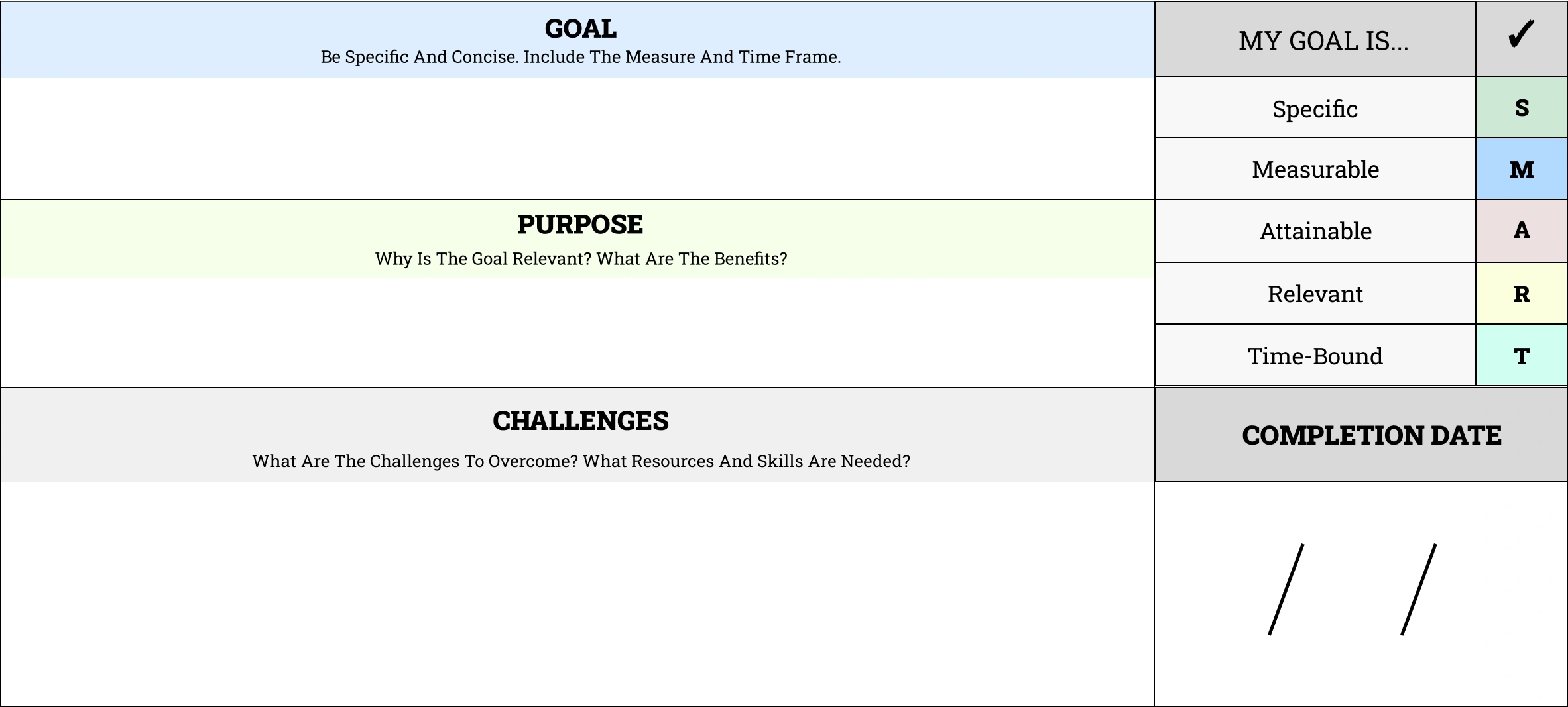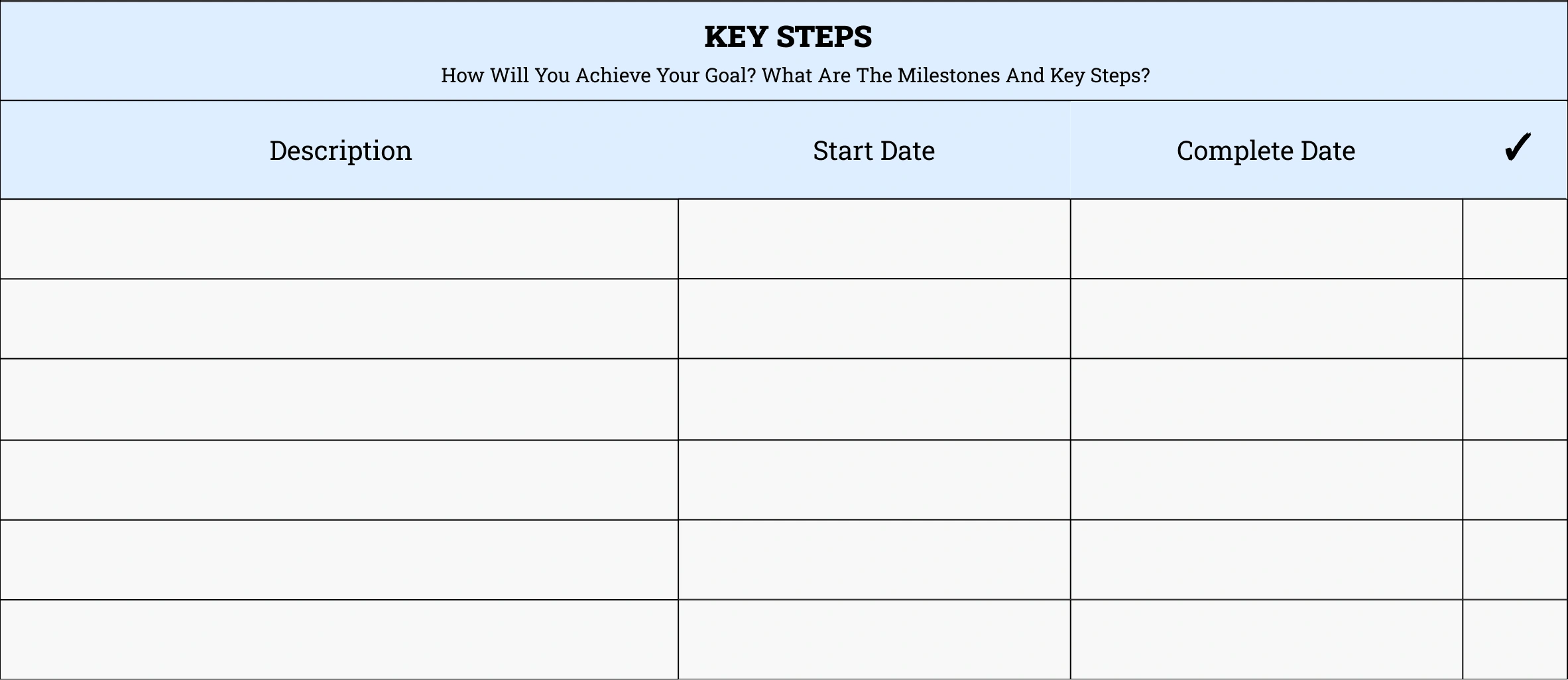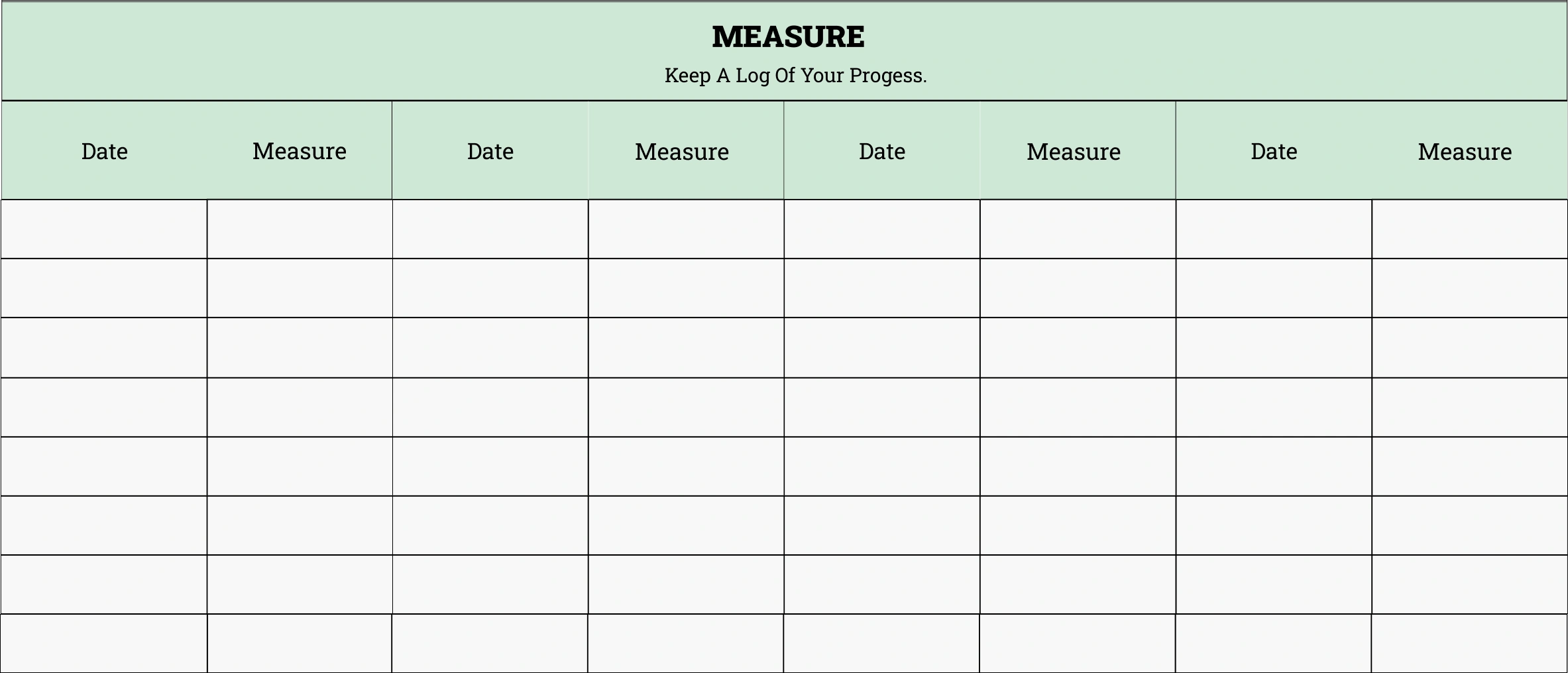what are smart goals
SMART goal examples, smart goals framework, smart goal template, Setting Smart Goals, how to set Smart Goals
Learn how to set SMART goals to accelerate your career growth with clear, actionable, and achievable steps. Start building your professional success today!
Have you ever been asked about your career goals at interviews? If you felt confident answering the question, it’s because you would have spent time on goal setting. If you didn’t, you know you’ve got to work on them. Why? Having clear career goals, including your desired income and growth opportunities, can actually help you achieve them faster.
Setting SMART goals may sound cliche, however, they can make a huge difference between success and failure. The key is to think long-term and break your goals down into short-term, medium-term, and long-term goals. If you’re wondering ‘what are smart goals’ or ‘how to set smart goals’, you’re in the right place.
In this blog, we’ll show you how to go about setting smart goals with relevant examples that you can apply immediately in your own career.

So, What are Smart Goals?
So, What are Smart Goals?
First things first, the SMART goals framework was derived from management studies, which is defined as:
S
Specific
M
Measurable
A
Achievable
R
Realistic
T
Timebound
This framework is designed to structure goals in a way that makes them actionable and trackable, increasing your chances of achieving them. Let’s dive into each element of the SMART goal framework and see how each part impacts the final outcome:
Specific
Your goal should define exactly what you want to achieve. For example, you want to go on vacation to Europe—a specific location. A specific goal helps you identify what you need to do to achieve your goal.
Measurable
This tells you how close you are to achieving your goal. To measure your progress toward a goal, you should identify metrics that indicate whether you need to increase something, decrease something, or stop doing it completely. Measurable goals allow you to plan effectively.
Achievable
Not all goals are realistic. Sometimes, the goal may be just too big to achieve in a month or two. To make your goal achievable, make sure you have the skills or resources.
Relevant
The right goals align well with your larger ambition of career growth. For example, complete a mentorship program to apply for a manager position. The internship is important for you to qualify for the manager role.
Time bound
A specific deadline makes your goal time-bound. It helps you plan your schedule and resources in a way that increases the odds of achieving it.
How to Set Smart Goals? Best Practices Recommended by Experts
Here is a step-by-step process for setting SMART goals
Start with the basics
When setting a goal, it is important that you consider all aspects. For example
In terms of career planning, the key is to write down your day-to-day responsibilities and identify the key tasks that have the biggest impact on your performance and career growth prospects.

Identify the metrics or quantitative parameters

Once you have identified the key tasks or outcomes, set milestones or metrics for measuring your progress. One way to do this is by thinking about your end goal and identifying the key metrics that contribute to it.
For example, if your goal is to increase sales, you can set milestones for specific tasks like the number of leads generated, successful sales meetings booked, pitches delivered, contracts signed, and approved by the client.
These milestones help gauge your readiness for interviews and can increase your chances of successfully landing a job.
Depending on your job role, these metrics could either be quantitative or qualitative. For example, customer feedback forms can be used to assess their overall satisfaction with your service.
Assess your strengths and weaknesses
What are the job requirements, and how closely do you meet them? Are there any skill gaps or experience gaps that you need to address? Assessing your strengths and weaknesses can help you decide whether the goal is achievable in the short term or you need to focus on the smaller wins before aiming for the big prize.
Relevance to the Business or Industry
This is where you assess whether the role you’re interested in has enough scope. Use sites like Glassdoor or Payscale to compare data on average salaries, hiring demand, and learning opportunities to gauge whether your goals are relevant.
Fortunately, businesses across industries publish annual reports, press releases, and investor updates, which provide valuable insights for both fresh graduates and experienced professionals.
Think In Terms of Outcomes, Not Tasks
Setting a target date is what makes a goal complete. Without a specific deadline, you may not have any perspective on what you have already achieved and how far you need to go. However, it’s equally important to think in terms of actual results when setting a timeframe for goal achievement.
For example, if you need to upskill for a new role, identify the key deliverables you would be responsible for, then consider other constraints like the time you have available, and adjust your schedule. This will help you identify a reasonable timeframe to achieve the goal.
Smart Goal Examples: Practical Ways for Setting Goals
Let’s take a common scenario and consider how to write SMART goals for it.
Scenario: In your last performance review, your manager highlighted your less-than-average data visualization skills and asked you to work on improving them. By applying the SMART goal framework, you can define your outcomes as follows:
Learn How to Set Smart Goals From the Experts at GroYouth
As job roles change, setting SMART goals for career growth can be complicated. Don’t you wish you had a mentor or guide to walk you through the process? We’ve got you covered.
Whether you are a fresh graduate or an experienced professional, GroYouth helps you navigate uncertainty and find clarity on the next steps toward your dream career. Our team of expert career counsellors uses specially designed aptitude and personality tests to understand your innate strengths and weaknesses and chart a plan of action based on specific goals and outcomes.
GroYouth also provides expert feedback via mock interviews, one-on-one career coaching, and guaranteed interviews. This enables you to understand what recruiters expect and how to be more effective at interviews and in the workplace.
Sign up today or contact us for more information!


